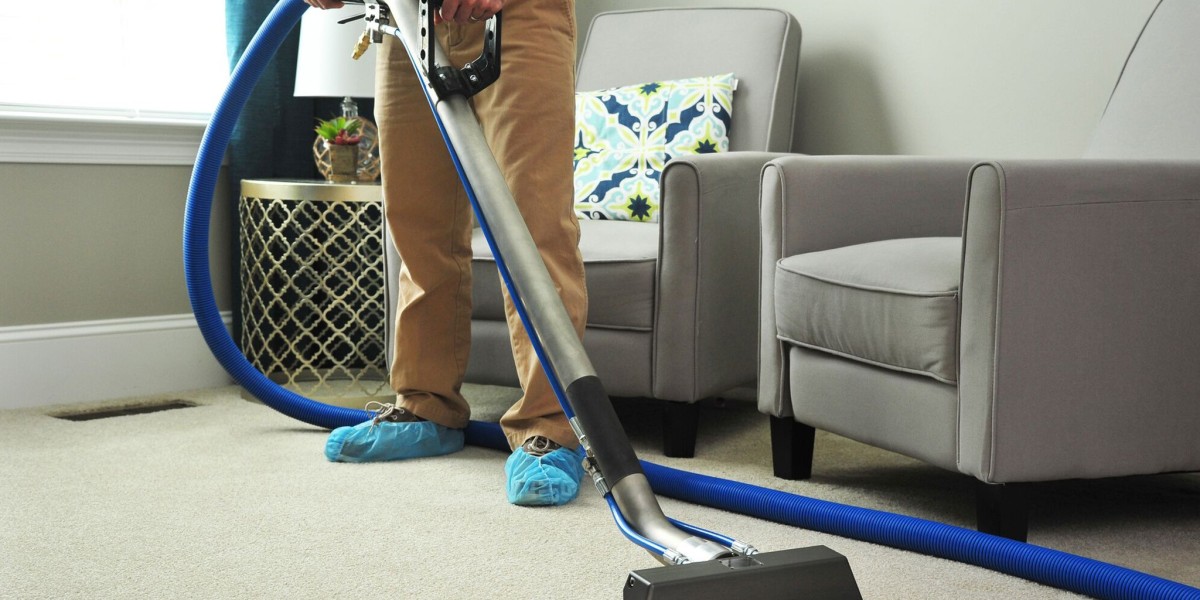Choosing the right kitchen chimney can feel confusing, especially with so many designs, features, and technical terms. A well-chosen chimney keeps your kitchen clean, protects your cabinets, and makes cooking more comfortable. This guide breaks everything down in simple terms so you can confidently select the best option for your home.
Why a Kitchen Chimney Matters
A kitchen chimney does more than remove smoke. It also keeps oil vapors from settling on cabinets, prevents strong aromas from lingering, and improves overall hygiene. For homes that cook regularly, especially Indian-style cooking with oils, spices, and tadka, a powerful chimney becomes more of a necessity than a luxury.
Types of Kitchen Chimneys
Understanding the different chimney types helps you narrow down choices quickly.
Wall-Mounted Chimney
This is the most common type. It fits against the wall with the hob placed next to it. If your stove is close to the wall, this option works well.
Island Chimney
If your stove is on a kitchen island, you’ll need an island chimney. It hangs from the ceiling and provides strong suction since it is exposed on all sides.
Built-In Chimney
This chimney integrates into cabinets, giving the kitchen a seamless, modern appearance. It saves space and fits best in modular kitchens.
Corner Chimney
Less common but useful if your hob is installed in a corner. It is compact but typically has lower suction capacity.
Choosing the Right Size
Kitchen chimneys usually come in 60 cm and 90 cm widths.
Here is the simple rule:
If you have a 2- to 3-burner stove, choose a 60 cm chimney.
If you use a 4- to 5-burner stove, choose a 90 cm chimney.
The chimney should be slightly wider than the cooking hob for better smoke capture.
Understanding Suction Power
Suction power determines how effectively the chimney removes smoke and fumes. It is measured in cubic meters per hour (m³/hr).
Light cooking: 700–900 m³/hr
Regular Indian cooking: 1000–1200 m³/hr
Heavy frying and grilling: 1200–1500 m³/hr
A high-suction model keeps the kitchen cleaner and reduces oil buildup on furniture and appliances.
Filter Types and What They Mean
Filters directly affect cleaning needs and performance. Here’s what beginners should know.
Mesh Filter
Made of aluminum mesh layers. Effective but needs weekly cleaning because it traps a lot of grease.
Baffle Filter
Best for Indian kitchens. It uses curved panels that separate oil and smoke. Requires cleaning every few months and maintains strong airflow.
Filterless Chimney
A newer and popular choice. Instead of traditional filters, it uses a powerful motor and airflow design to remove smoke. It requires minimal cleaning and is easier to maintain.
Ducted vs Ductless Chimneys
Ducted Chimney
Pushes smoke outside the kitchen through a duct.
Best for: Heavy cooking, families that cook daily, better long-term hygiene.
Ductless Chimney
Uses charcoal filters to purify air and release it back into the room.
Best for: Homes where installing a duct is not possible.
If you have the option, choose a ducted chimney for stronger performance and lower running costs.
Key Features to Look For
Auto Clean Technology
Ideal for modern homes. It collects oil in a detachable cup that you simply wash when full. This keeps suction power stable and extends motor life.
Noise Level
Chimneys create noise, but good models operate at comfortable sound levels. Look for 58–62 dB or lower.
Touch and Gesture Controls
Touch panels are easy to use and clean. Gesture controls let you operate the chimney without touching it, which is convenient while cooking.
LED Lighting
Good lighting helps you cook comfortably and makes the hob area brighter.
Build Quality
Stainless steel bodies are durable and easy to maintain. Tempered glass adds style and strength.
Installation Tips for Best Performance
Keep distance between chimney and hob at 65–75 cm for safety and efficiency.
Avoid too many bends in the duct. This reduces suction power.
Choose professional installation to avoid future issues like vibration or backflow.
Proper installation ensures long-term performance and prevents smoke leakage.
How Much Should You Spend?
Kitchen chimneys vary in price depending on features, design, and technology.
Basic models: ₹6,000–₹12,000
Mid-range auto-clean models: ₹12,000–₹20,000
High-end filterless or island models: ₹20,000–₹45,000+
Instead of choosing the cheapest option, focus on suction power, filter type, and build quality. These factors directly affect performance and durability.
Maintenance Tips for a Longer-Lasting Chimney
Clean the exterior weekly to prevent grease buildup.
Wash baffle filters every two to three months.
For filterless chimneys, empty the oil collector cup whenever full.
Schedule professional servicing once a year.
Regular care keeps your chimney efficient and reduces power consumption.
Where to Buy a Reliable Kitchen Chimney
If you want a dependable, stylish, and high-performance chimney, explore trusted brands and models. You can also check a wide range of fitted Kitchen chimney options that combine powerful suction with premium designs suitable for modern kitchens.
Final Thoughts
A kitchen chimney is an important investment for both hygiene and comfort. By understanding chimney types, suction power, size, filter systems, and essential features, you can choose a model that fits your cooking style and kitchen layout. With the right chimney, your cooking area stays cleaner, smells fresher, and feels more enjoyable every day.







